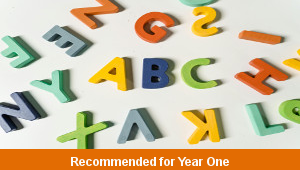Lesson Two – Animal Search

This computing teaching pack for Key Stage One gets the children to explain and model how to use an online database on a website to search for facts and information about wild animals that can answer different key questions.
The class can suggest reasons was to why different facts about a range of wild animals might have been stored in a database for someone to access and use.
Download this teaching pack including a lesson plan, classroom activities and an interactive presentation to explain and model how to use an online database on a website to search for facts and information about wild animals that can answer different key questions
Activities in this teaching pack include display posters to identify and explain how to find information using an online database on a website and a template to record and find answers to questions for a set of data about different animals that live wild in habitats around the world.
The interactive presentation can be used to explore how to use an online database to search for information about animals to answer different key questions.
This lesson is part of a computing scheme of work to get the children to explore how to use a computer database to store, organise and interrogate data and information about different animals that live wild in the world. There are teaching activities for shared learning, differentiated worksheets to support independent learning and interactive presentations to introduce concepts and key skills.
-

Counting Twenty
Explore how to model and illustrate ways of counting different numbers of objects and pictures with matching sums to twenty
-

Alphabet Lists
Practise building lists of objects that have been recorded in alphabetical order to match different themes and topics
-

Garden Flowers
Develop and refine skills in representing different types of flowers grown in a garden by using a range of painting techniques
-

Equal Groups
Explore and record how to divide numbers of different groups of things into matching equal groups of two, three and four
